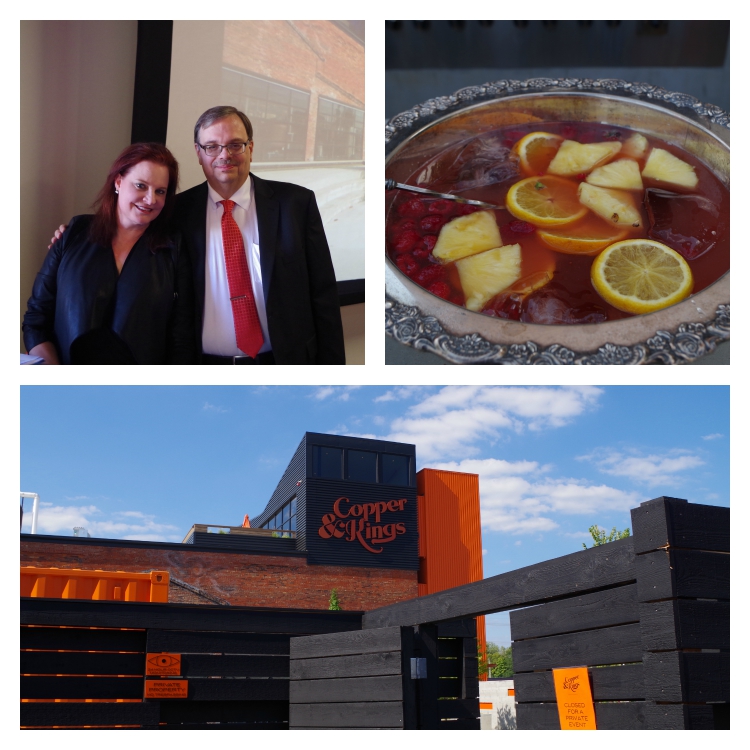“We consider brandy to be bourbon’s older, more sophisticated sister,” says brandy writer and historian Renae Price. In fact, bourbon historian Michael Veach believes bourbon as we know it today was heavily influenced by brandy. Early whiskeys were not fetching the prices brandies were in the taverns, so exporting it from Kentucky was not profitable. Since everyone on Bourbon Street in New Orleans was drinking brandy and cognac, the Tarascon brothers in Louisville decided to store it in charred oak barrels so it would take on desirable characteristics on its journey down the river.
American brandy is the first real craft distilled spirit. It was local to the region where it was produced, and it was dependent on whatever fruits grew well in that region. On the west coast grape brandies were popular, while on the east coast there were many different kinds of fruit brandies being made. Unlike whiskey, brandy can only be made when the fruit is ripe, so it was naturally made in very limited quantities. It was a very popular spirit in the U.S. Price points out that even Lewis and Clark were known to have begun their journey with a large supply of brandy.

By 1904 there were 1326 distilleries in the U.S. making brandy. Once Prohibition began, brandy couldn’t compete due to the sheer volume of whiskey that had been stored up for medicinal purposes. Brandy’s popularity started to make a comeback with the craft distilling movement of the 1980s, and by 2011 there were over 30 distilleries in the U.S. making fruit brandy. Today there are over 100, including Louisville’s Copper and Kings.
Brandy may not be quite as popular as America’s native spirit, but it heavily influenced bourbon as we know it today.
Photos Courtesy of Maggie Kimberl



